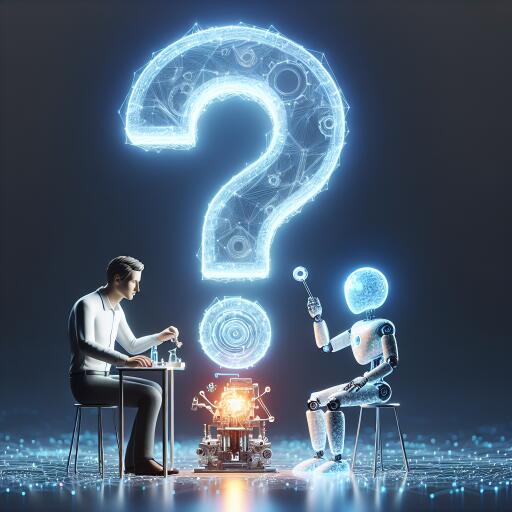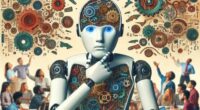AI-Assisted Inventions: Unraveling the Tapestry of Patentability and Inventorship
The revolution brought about by generative artificial intelligence (AI) is redefining the terrain of invention, pushing us towards a future where human creativity collaborates closely with AI’s capability to innovate. This burgeoning symbiosis raises pivotal questions within the sphere of patent law, particularly concerning the patentability of AI-assisted inventions and the intricate matter of inventorship.
On a significant day, February 13, 2024, the U.S. Patent and Trademark Office (USPTO) unveiled a comprehensive Inventorship Guidance for AI-Assisted Inventions. This document sheds much-needed light on the USPTO’s stance regarding the evolving role of AI systems in the innovative process. It paves the way for understanding how AI-assisted inventions fit into the existing legal framework, with a clear message: these inventions are not outrightly considered unpatentable, provided there is a notable human intellectual contribution.
Central to the Guidance is the principle that inventorship is restricted to natural persons. This positions the USPTO in alignment with settled caselaw defining an inventor as a person who contributes significantly to the invention’s conception. The USPTO mandates that for every claim made in a patent application, there must be a significant human contribution, without which, any claim would be dismissed under the jurisdictions of 35 U.S.C. 101 and 115.
The Guidance offers several key principles that cast light on how the USPTO views the process of invention in the context of AI assistance. First and foremost, it asserts that a patentable invention necessitates substantial human input. Beyond merely presenting a problem for the AI to solve, the human user must engage meaningfully with the inventive process. Creative endeavors such as “prompt engineering,” which involves crafting inputs for AI systems, are acknowledged as potential grounds for patentability.
In the realm of life sciences, the Guidance highlights scenarios in which human experimenters might be credited as inventors. Situations arise where the AI’s conceptualization does not reach a threshold of reasonable certainty until verified through experimental practices or when a human experimenter uncovers a critical flaw in the AI’s conception, rendering it incomplete.
A further intriguing aspect of the Guidance is its implication that individuals involved in designing, building, or training AI systems could be recognized as inventors in cases where the AI plays a crucial, domain-specific role in the invention process. However, this appears less likely for inventions generated by general-purpose AI systems, such as ChatGPT. The exact reach of this principle remains to be tested in the courts.
Conclusion
The advent of AI-assisted inventions introduces an array of legal complexities and uncertainties. Yet, despite these challenges, the inexorable march of generative AI technology signals a future rich with innovative potential, beckoning a wave of patent applications that seek to safeguard these novel AI-assisted creations. As we navigate this uncharted territory, the guidelines set forth by the USPTO serve as a beacon, illuminating the path towards integrating AI’s inventive capabilities within the legal frameworks designed to protect human ingenuity.










